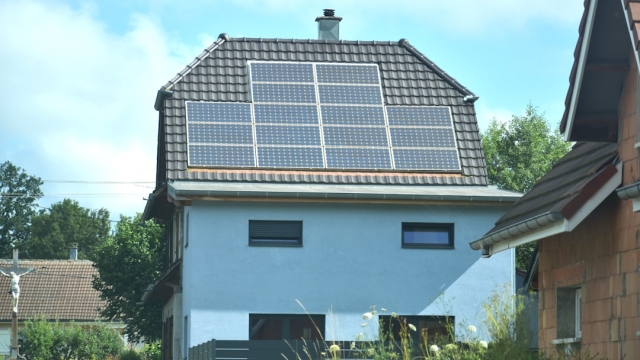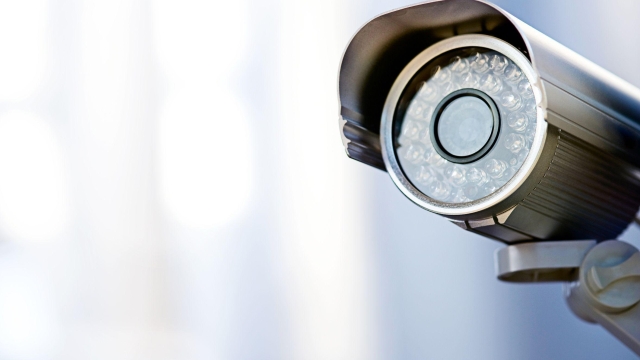As energy efficiency and sustainability become increasingly important, understanding the benefits of different lighting technologies is essential. One of the most significant advancements in lighting technology is the light-emitting diode (LED). With their growing popularity, many individuals and businesses are considering the switch to LED lighting. This article will explore the fundamentals of LED technology, provide a comparative analysis against traditional lighting options, and discuss the long-term financial benefits associated with LED cost savings.
Understanding LED Technology and Its Efficiency
LEDs are semiconductor devices that produce light when an electric current passes through them. Unlike traditional incandescent bulbs, which generate light through heat. LEDs convert a higher percentage of energy into usable light, making them far more energy-efficient. This efficiency results in lower power consumption, which not only benefits the environment but also leads to substantial energy savings.
In addition to their energy efficiency. LEDs have a longer lifespan compared to traditional lighting options. While incandescent bulbs may last around 1,000 hours and fluorescent lights approximately 7,000 to 15,000 hours. LED lights can operate for 25,000 hours or more. This extended lifespan means that consumers will replace bulbs less frequently, contributing further to overall cost reductions.
Comparative Analysis of LED vs. Traditional Lighting
When comparing LED lighting to traditional options such as incandescent and fluorescent lights, several key differences arise, particularly in terms of energy consumption and lifespan. Incandescent bulbs are known for their warm light but are highly inefficient, converting only about 10% of the energy they consume into light, while the rest is lost as heat. On the other hand, fluorescent lights are more efficient than incandescent bulbs but still fall short when compared to LEDs.
LEDs use significantly less energy to produce the same amount of light as their traditional counterparts. For instance, an LED bulb that generates 800 lumens typically consumes only 10 to 12 watts of power, whereas an incandescent bulb would need around 60 watts to produce the same brightness. This remarkable difference in energy consumption directly correlates to substantial savings on energy bills, which is a critical factor for both residential and commercial users.
Long-Term Financial Benefits of Switching to LED
The transition to LED lighting offers numerous long-term financial benefits. Firstly, the immediate reduction in energy consumption leads to noticeable savings on electricity bills. Over time, these savings accumulate, making the initial investment in LED technology worthwhile. Not only do consumers benefit from lower utility costs, but the longevity of LED bulbs means that maintenance costs associated with frequent replacements are also minimized.
Moreover, many regions offer incentives or rebates for switching to energy-efficient lighting solutions, further enhancing the financial advantages of making the switch to LEDs. These programs can significantly reduce the upfront costs associated with purchasing LED fixtures.
In addition to the direct savings on energy and maintenance, it is essential to consider the environmental impact. By reducing energy consumption. LEDs contribute to lower greenhouse gas emissions, aligning with broader sustainability goals. This aspect is increasingly vital for businesses aiming to enhance their corporate social responsibility initiatives.
Practical Tips for Transitioning to LED Lighting
For those interested in making the transition to LED lighting, several practical steps can facilitate the process. First, assess your current lighting needs and identify which fixtures can be upgraded to LED. Consider starting with high-use areas, such as kitchens or hallways, where the savings can be most impactful.
When selecting LED bulbs, look for options that provide the desired color temperature and brightness. Many LED products come with various color options, allowing users to create the preferred ambiance in their spaces.
Lastly, consult reliable resources for guidance on LED cost savings and energy-efficient practices. Websites like Alltop Group provide valuable insights and product recommendations to help consumers make informed decisions.
In conclusion, the benefits of transitioning to LED lighting extend beyond mere energy efficiency. By understanding the technology and its advantages, consumers can achieve significant LED cost savings while contributing to a more sustainable future.


